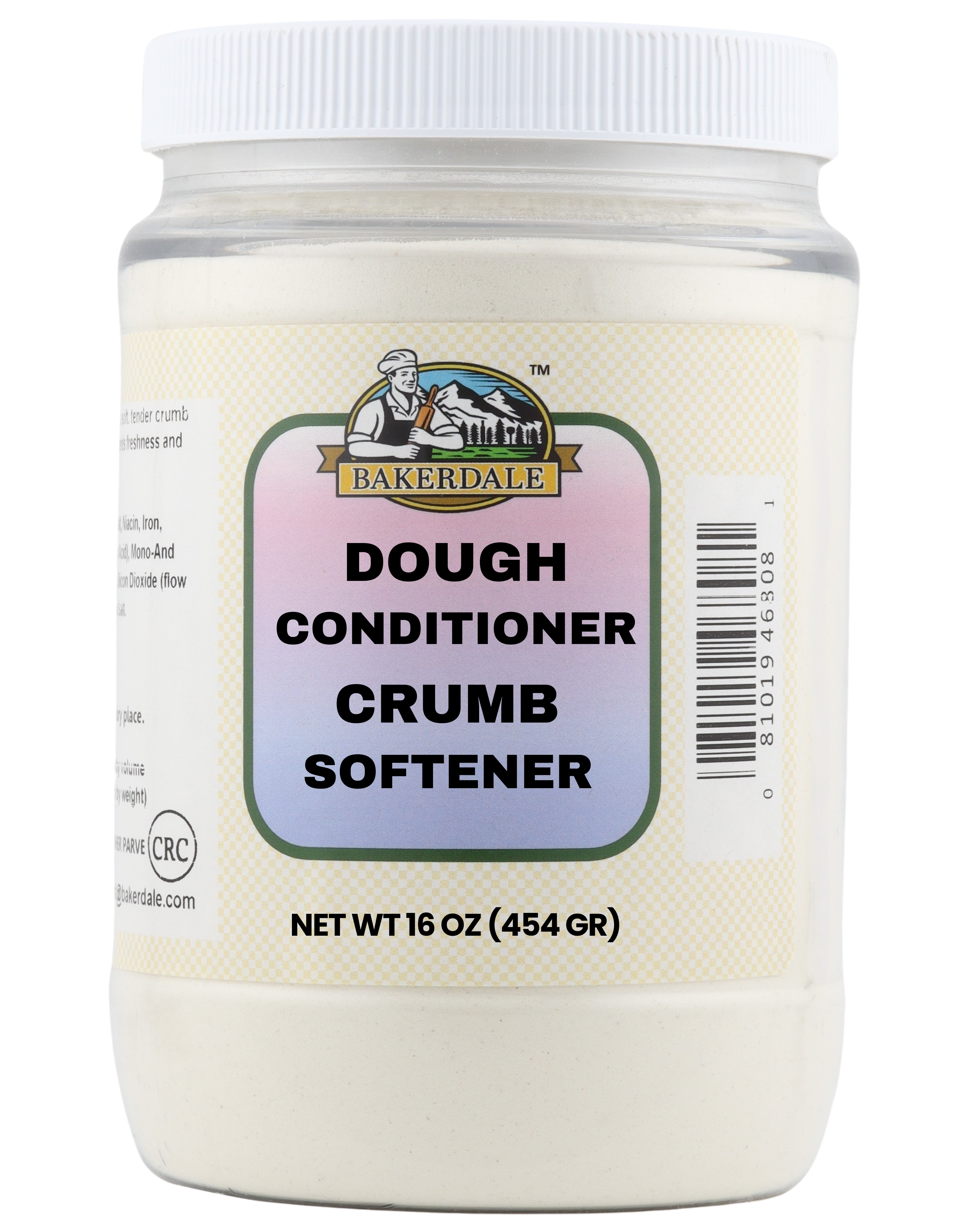When it comes to baking, achieving the perfect texture and consistency in your final product is crucial. Two common additives used in commercial baking are crumb softener and dough conditioner. But what exactly are the differences between these two ingredients, and how do they impact the quality of your baked goods?
What is Crumb Softener?
Crumb softener is an additive that helps to improve the softness and shelf life of baked goods. It works by retaining moisture in the product, preventing it from becoming dry and stale. Typically made from emulsifiers and enzymes, crumb softener is commonly used in bread, cakes, and pastries to create a tender crumb texture.
What is Dough Conditioner?
On the other hand, dough conditioner is a versatile additive that serves multiple functions in the baking process. It helps to strengthen the dough, improve its elasticity, and enhance the overall structure of the final product. Dough conditioner often contains ingredients like ascorbic acid, enzymes, and vital wheat gluten to optimize the dough's performance during mixing and fermentation.
Key Differences
While both crumb softener and dough conditioner contribute to the quality of baked goods, they serve distinct purposes in the baking process. Crumb softener focuses on enhancing the texture and moisture retention of the final product, while dough conditioner is more concerned with improving the dough's handling properties and structural integrity.
Crumb softener is particularly beneficial for baked goods that require a soft, tender crumb, such as sandwich bread and cakes. On the other hand, dough conditioner is essential for bread and pastry products that need to maintain their shape and volume during baking.
Conclusion
Crumb softeners and dough conditioners are both additives used in baking, but they target different aspects of the dough and final product.
The Bakerdale DOUGH CONDITONER CRUMB SOFTENER is a blend of both with the right proportions of each and achieves both objectives.



Leave a comment